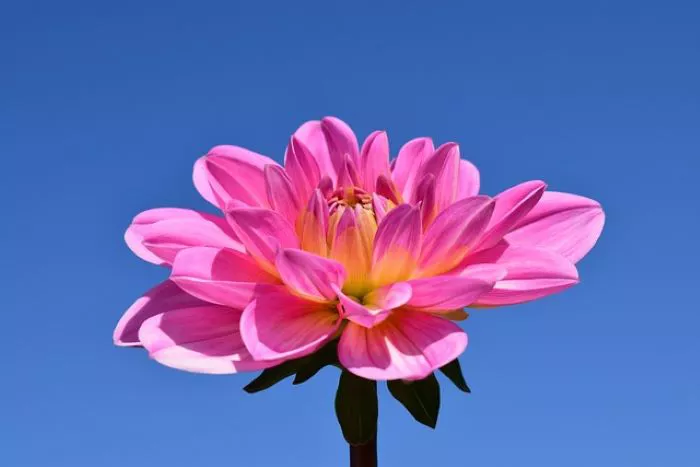Growing strawberries in your garden can be a rewarding experience. These delicious fruits not only provide a sweet harvest but also enhance the beauty of your garden. Companion planting is a technique that involves growing different plants together for mutual benefit. When it comes to strawberries, certain flowers can be excellent companions. This article explores the best flowers to plant alongside strawberries, their benefits, and tips for successful companion planting.
Understanding Companion Planting
Companion planting is an age-old gardening practice that helps improve plant health and productivity. By planting flowers with strawberries, gardeners can attract beneficial insects, deter pests, and enhance the overall growth of their strawberry plants. Certain flowers can also improve soil health and provide shade, which can be beneficial for strawberries.
When choosing flowers to plant with strawberries, it is essential to consider their growth habits, blooming periods, and compatibility with strawberries. The right companions can create a thriving ecosystem in your garden.
Best Flowers to Plant with Strawberries
Several flowers can be excellent companions for strawberries. Here are some top choices:
Marigolds are one of the most popular companion flowers for strawberries. They are known for their vibrant colors and ability to repel pests such as aphids and nematodes. Marigolds attract beneficial insects like ladybugs and lacewings, which help control harmful pests. Additionally, they have a strong scent that can deter certain insects from approaching strawberries.
Nasturtiums are another great choice for companion planting with strawberries. These flowers have a peppery flavor and can be eaten in salads. Nasturtiums attract pollinators such as bees and butterflies, which can improve strawberry pollination. Their presence can also deter aphids and other pests, making them beneficial for nearby strawberries.
Borage is a flowering herb that can enhance strawberry growth. Its beautiful blue flowers attract pollinators and beneficial insects. Borage is also known to improve soil health by adding nutrients. Additionally, the leaves of borage can deter pests like tomato hornworms, indirectly benefiting strawberries.
Calendula, also known as pot marigold, is another excellent companion for strawberries. Its bright orange and yellow flowers attract pollinators and beneficial insects. Calendula can help repel pests such as aphids and whiteflies. The flowers are also edible, making them a delightful addition to salads and garnishes.
Lavender is a fragrant herb that can also be planted with strawberries. Its lovely purple flowers attract pollinators while repelling pests such as moths and aphids. Lavender’s strong scent can help mask the smell of strawberries, making it harder for pests to locate them. Additionally, lavender can thrive in similar growing conditions as strawberries, making it an ideal companion.
Benefits of Planting Flowers with Strawberries
Planting flowers alongside strawberries offers several benefits. These benefits include pest control, improved pollination, and enhanced soil health.
Pest Control is one of the primary advantages of companion planting. Many flowers can repel harmful insects, reducing the need for chemical pesticides. For instance, marigolds and nasturtiums help deter aphids and other pests that may harm strawberry plants. By creating a diverse planting environment, gardeners can naturally manage pest populations.
Improved Pollination is another benefit of planting flowers with strawberries. Flowers attract pollinators such as bees and butterflies, which are essential for the pollination of many fruiting plants. By providing a habitat for these beneficial insects, gardeners can increase the yield and quality of their strawberry harvest.
Enhanced Soil Health is also a significant advantage of companion planting. Some flowers, like borage, can improve soil structure and add nutrients. This can lead to healthier strawberry plants that are more resistant to diseases and pests. Additionally, flowers can help create a more balanced ecosystem in the garden, promoting biodiversity.
Tips for Successful Companion Planting
To maximize the benefits of companion planting with strawberries, consider the following tips:
Choose the Right Location. Ensure that the flowers you select thrive in similar growing conditions as strawberries. Most strawberries prefer full sun and well-drained soil. Planting flowers that require similar conditions will ensure that both plants can flourish.
Space Plants Appropriately. When planting flowers with strawberries, give each plant enough space to grow. Overcrowding can lead to competition for nutrients and water. Follow recommended spacing guidelines for both strawberries and companion flowers.
Monitor Plant Health. Regularly check the health of both strawberries and companion flowers. Look for signs of pests or diseases. Early detection can help prevent problems from spreading and ensure a healthy garden.
Rotate Plants Annually. To maintain soil health and reduce the risk of pests and diseases, practice crop rotation. Change the location of your strawberry plants and their companions each year. This helps break pest cycles and promotes a healthier growing environment.
Mulch to Retain Moisture. Applying mulch around strawberry plants and companion flowers can help retain soil moisture, suppress weeds, and regulate soil temperature. Organic mulches, such as straw or wood chips, can also improve soil health as they decompose.
Conclusion
Planting flowers with strawberries is an effective way to enhance your garden’s beauty and productivity. By selecting the right companion flowers, you can improve pest control, attract beneficial insects, and promote healthy soil. Marigolds, nasturtiums, borage, calendula, and lavender are all excellent choices for planting alongside strawberries.
By following best practices for companion planting, you can create a thriving garden that yields delicious strawberries while providing a colorful and vibrant display. Embracing the art of companion planting not only benefits your strawberry plants but also contributes to a healthier and more sustainable gardening ecosystem.


